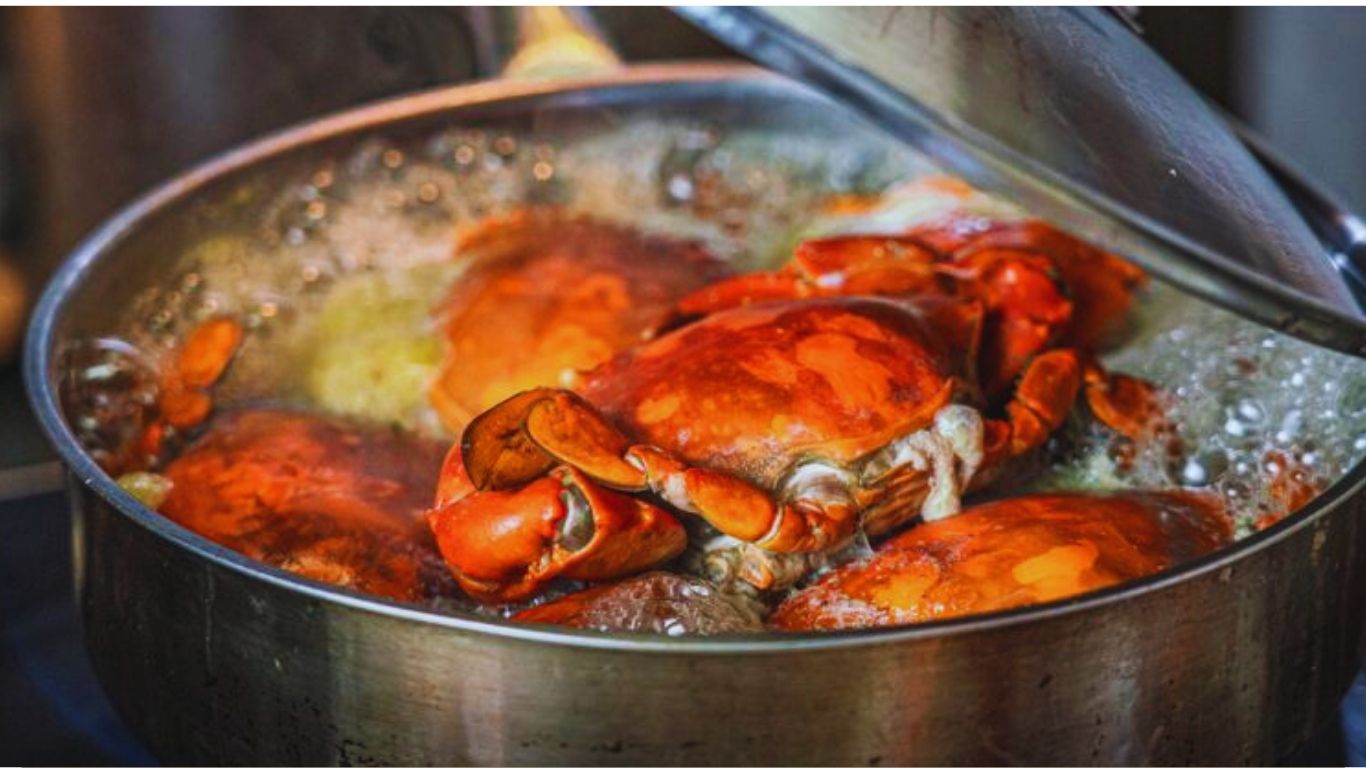Researchers at the University of Gothenburg have provided groundbreaking evidence that shore crabs can feel and process pain. The findings, published in the journal Biology, mark a significant step in understanding pain perception in crustaceans and could influence animal welfare legislation, particularly in the EU.
The Study: Measuring Pain Responses
For the first time, scientists used EEG-style measurements to monitor neural responses in the brains of shore crabs. The study recorded brain activity when the crabs were subjected to mechanical and chemical stimuli.
Key Observations
- Pain Receptors: Crabs showed increased brain activity when exposed to external pressure or painful chemicals (like vinegar) on their soft tissues (antennae, claws, and legs).
- Response Duration: – Physical stress caused short, intense pain responses.
- Chemical stress triggered a longer-lasting response.
Lead author Eleftherios Kasiouras, a PhD student, explained:
“The crab has some kind of pain receptors in its soft tissues, as brain activity increased when stress was applied.”
Implications for Other Crustaceans
The study suggests that crustaceans like lobsters, shrimp, and crayfish—which share similar nervous system structures—are also capable of feeling pain. Previous observational studies showed crustaceans attempting to avoid harmful stimuli, which now aligns with neurobiological evidence.
According to Kasiouras:
“We don’t need to test all species; their nervous systems are similar, so they likely react to pain in comparable ways.”
Current Practices and Ethical Concerns
Unlike mammals, crustaceans are not protected under animal welfare laws in the EU, allowing practices such as cutting them alive during food preparation. These findings urge a re-evaluation of how crustaceans are handled and killed.
Senior researcher Lynne Sneddon emphasized:
“We need to find more humane methods to kill and process shellfish. Now that we know they react to pain, it’s time for change.”
Why This Research Matters
- Scientific Proof: Solid neurobiological evidence confirms pain processing in crustaceans.
- Ethical Responsibility: It raises questions about current food preparation practices.
- Legislative Impact: Findings may prompt updates to animal welfare regulations.
Conclusion
The University of Gothenburg’s study highlights the urgent need to reconsider how crustaceans are handled in the food industry. With clear evidence of pain perception, researchers are calling for humane methods to ensure better welfare for shellfish species.















